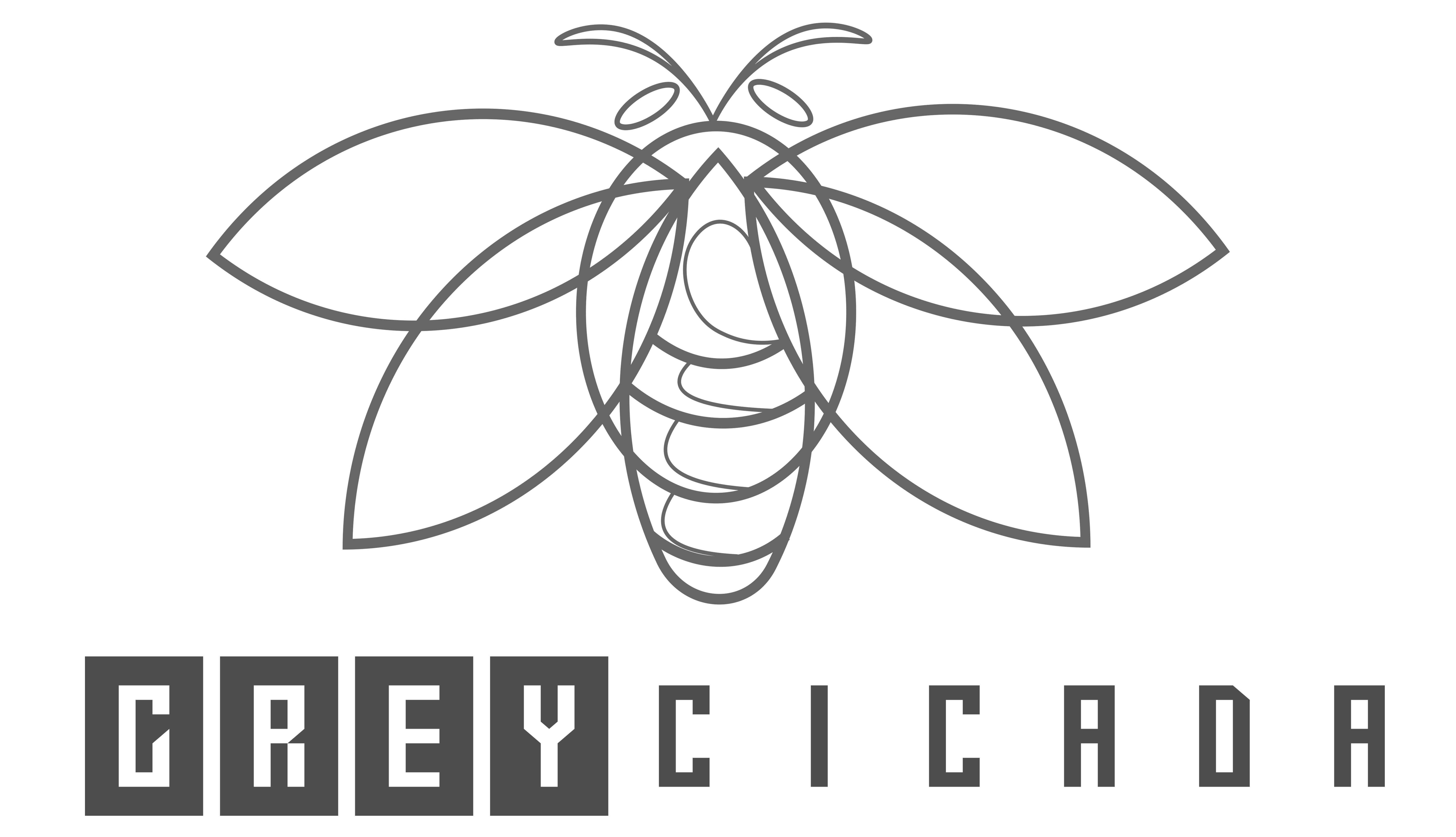FREE SHIPPING OVER $50
Escape the cycle of pain and inflammation with cold therapy
Cold therapy or cryotherapy (not to be confused with cold laser therapy) is a type of treatment that involves using cold temperatures to reduce inflammation and pain. It can be used to treat a variety of conditions, including injuries, inflammation, and chronic pain. Cold therapy can be administered through various methods, such as ice packs, cold compresses, and cold water immersion.
One of the main benefits of cold therapy is its ability to reduce inflammation and swelling. Cold temperatures constrict blood vessels, which can help to reduce inflammation and swelling in the affected area. This can be particularly helpful for people who have injuries or conditions that cause inflammation and swelling.
In addition to reducing inflammation and swelling, cold therapy can also help to reduce pain. Cold temperatures can numb the nerve endings in the affected area, which can help to reduce pain. This can be particularly helpful for people who have chronic pain or who are recovering from surgery.
Benefits of cold therapy
Here are some of the benefits of cold therapy
- Pain relief: Cold therapy can help to reduce inflammation and swelling, which can in turn alleviate pain and discomfort. It works by constricting blood vessels and reducing blood flow to the affected area, which can help to numb the sensation of pain.
- Healing: Cold therapy can help to reduce swelling and inflammation, which can aid in the healing process of injuries and wounds. It can also help to reduce scarring and improve the appearance of scars.
- Anti-inflammatory: Cold therapy can help to reduce inflammation, which can be beneficial for conditions such as arthritis and tendonitis.
- Non-invasive: Cold therapy does not involve surgery or injections, making it a non-invasive treatment option.
- Cost-effective: Cold therapy is generally less expensive than other treatment options, such as medications or surgery.
- Convenience: Cold therapy can be easily administered at home or on the go, making it a convenient treatment option.
- May improve sleep: A study revealed that Whole-Body Cryotherapy(WBC is a type of cold therapy. To learn more about other types of cryotherapy you can read this blog post) improved sleep quality in physically active men.
How cold therapy works
Cold therapy works by using low temperatures to constrict blood vessels and reduce inflammation in the affected area. It’s like placing an ice pack on a sprained ankle. The cold temperature causes the blood vessels to constrict, which reduces swelling and inflammation and can help to alleviate pain. As the area warms up again, the blood vessels dilate and bring fresh, oxygenated blood to the area to aid in the healing process. It can be applied through various methods, such as ice packs, cold compresses, ice massages, or cold water immersion.
Side Effects
Cold therapy is generally considered to be a safe and well-tolerated treatment option, with few side effects. The most common side effects are mild and temporary and may include:
- Skin irritation
- Numbness
- Tingling
- Frostbite if used for too long
Cold therapy is also not suitable for everyone, such as those with certain medical conditions like diabetes or sensitivity to cold temperatures. It is always a good idea to consult with a healthcare professional before starting cold therapy to determine if it is the right treatment option for you and to discuss the potential risks and benefits.
Differences between cold therapy and cold laser therapy
Cold therapy is not to be confused with cold laser therapy which is a different procedure used for also healing and pain relief. Below are the differences between them:
| Cold Therapy | Cold Laser Therapy |
|---|---|
| Involves the application of cold temperatures to the body | Involves the use of low-level lasers to stimulate the healing process in damaged tissue |
| Can be applied using methods such as ice packs, cold compresses, or ice baths | Uses a beam of low-level laser light to stimulate healing and reduce inflammation |
| Can be used to reduce inflammation, swelling, and pain | Can be used to treat a variety of conditions, including chronic pain, inflammation, and wounds |
| Can be applied for short periods of time or for longer periods with the use of cold therapy wraps or devices | Treatment sessions are typically short, lasting anywhere from a few minutes to several hours |
| Generally safe and well-tolerated with few side effects | Generally safe and well-tolerated with few side effects, although there is a potential for serious side effects in rare cases |
Overall, cold therapy can be a useful treatment option for reducing inflammation and pain, and it is generally well-tolerated with few side effects. It is important to use cold therapy with caution and to consult with a healthcare professional before starting treatment.



